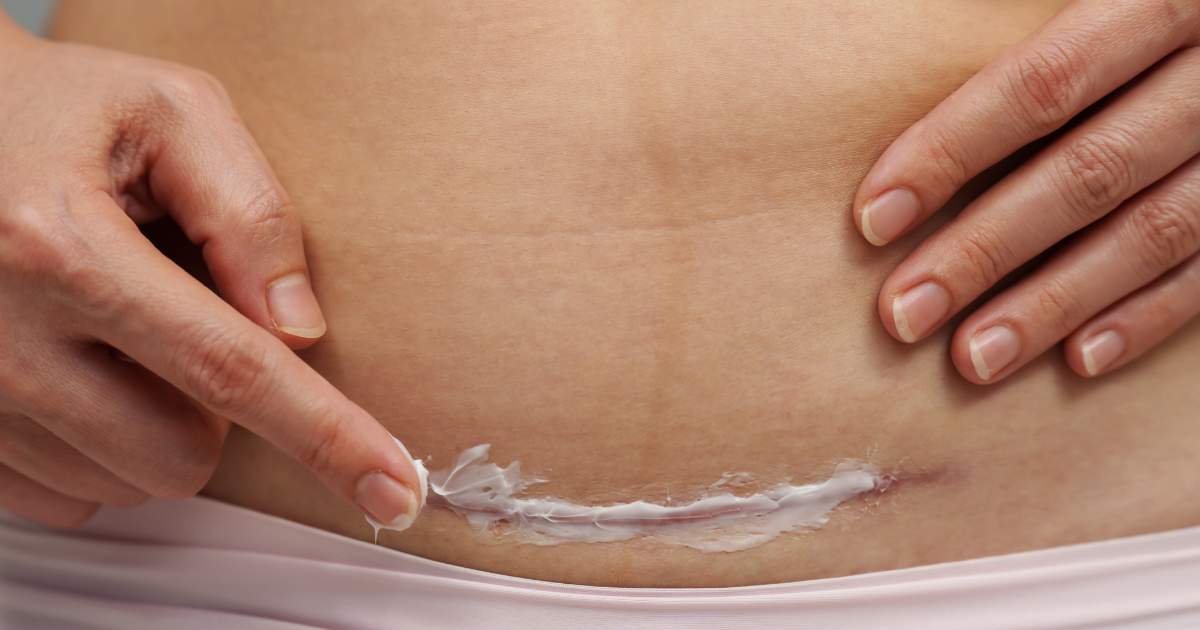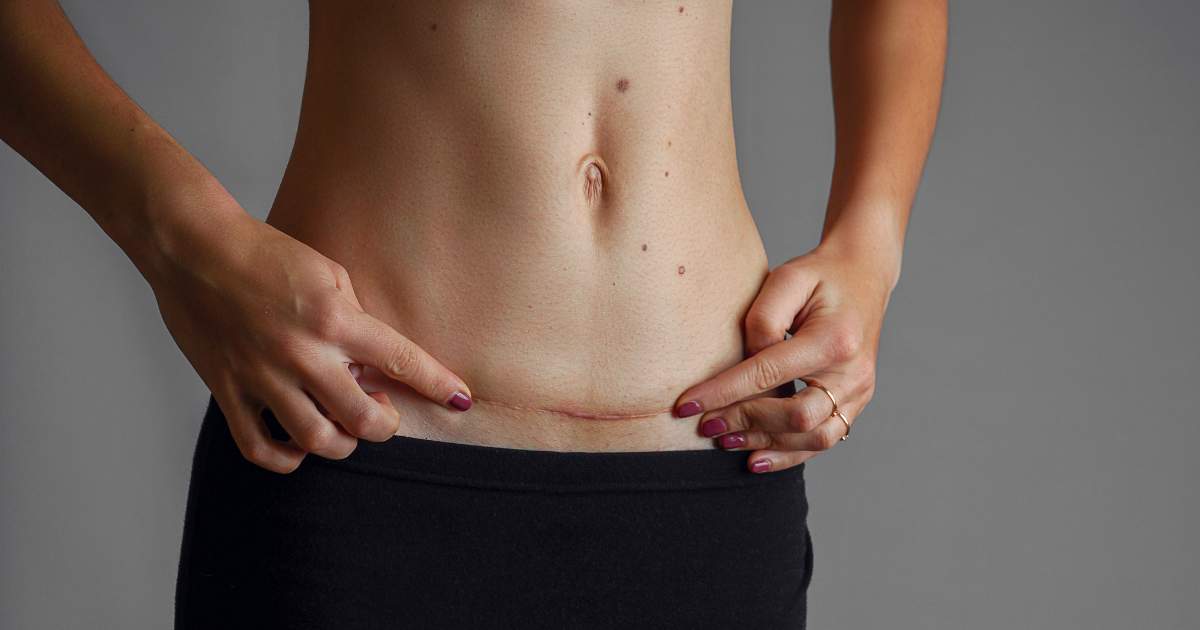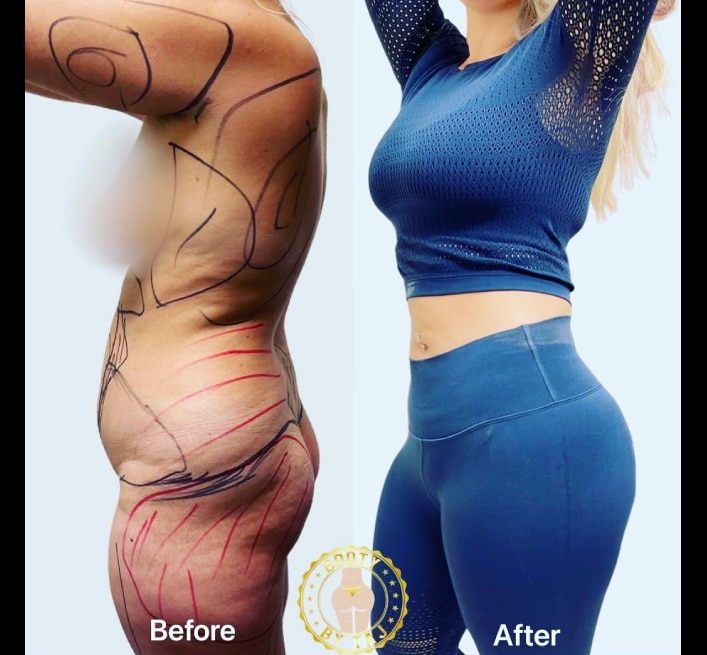
The Complete Guide to Tummy Tuck Recovery: Timeline, Tips, and Must-Haves
Imagine having the flat stomach you’ve always wanted and the confidence of feeling better about your appearance. A tummy tuck can make this happen by removing excess skin and unwanted fat. Patients love the toned body, but understanding the recovery timeline of a tummy tuck will help you know how to prepare.
Results can take months to appear fully, and factors like age, health, and whether you have muscle repair impact recovery. Knowing what to expect will help you heal faster, avoid complications, and have the best possible outcome from your surgery.
Understanding Tummy Tuck Recovery

Patience and proper aftercare will help you as you recover from a tummy tuck. Discover how muscle repair impacts the recovery timeline so you can decide if it’s right for you.
What is the Recovery Time for a Tummy Tuck?
Recovery time for tummy tuck surgery usually takes 6-8 weeks, whereas a mini tummy tuck recovery is 6 weeks or less. However, some patients may feel fully recovered two weeks after a mini tummy tuck.
Many factors influence the length of the recovery, including age, health, and muscle repair. By following your provider’s aftercare instructions, you can recover faster and more smoothly.
Recovery from Tummy Tuck with Muscle Repair vs. Without
When patients have a tummy tuck surgery, they can include muscle repair. While muscle repair realigns separated muscles and flattens the stomach, it adds 3 to 4 weeks to recovery. This procedure causes additional pain and discomfort and delays returning to normal activities.
Precautions to take while recovering from muscle repair include limiting physical activity, gradually returning to your daily routine, and following your provider’s aftercare instructions.
Related Reading: Learn about getting a Tummy Tuck after a C-Section>>
Tummy Tuck Recovery Timeline

Some people will heal faster than others after a tummy tuck surgery. With proper aftercare, here’s a general idea of what you can expect each week as you recover.
Tummy Tuck Recovery Day by Day: The First Week
When you know what happens during recovery, you’ll know how to help your body heal.
Day 1
After surgery, patients feel groggy from the anesthesia. Swelling and pain in the abdominal area are normal, and mobility will be limited. Additionally, drains will remove excess fluid and will be removed 7–14 days after surgery. Wearing your compression garment and keeping your wounds clean and dry will help you heal.
Day 2
Pain will continue, but taking your prescribed medication will alleviate it. Mobility will improve slightly with gentle movements, but patients must avoid strenuous activity. It’s important to continue wearing your compression garment and following your doctor’s wound care instructions.
Days 3-7
Pain will continue to decrease, but patients will still feel some mild discomfort. You can gradually increase your exercise and ease into light activities. Keep up with your wound care to ensure you’re avoiding infection. Wearing your compression garments will still help reduce swelling at this stage.
Tips for managing discomfort and swelling include:
- Stay ahead of the pain by taking prescribed medications on time.
- Get enough sleep.
- Stay hydrated and eat nutritious foods.
- Wear your compression garment.
- Avoid strenuous activities.
- Follow your doctor’s aftercare instructions.
Tummy Tuck Recovery Week-by-Week
As you progress during your recovery, you’ll see these noticeable improvements each week.
Weeks 2-3: Easing into Daily Activities
By the second week, swelling will subside, and patients can do light activities. At this point, patients should keep wearing their compression garments, take short walks, and avoid vigorous exercise.
Weeks 4-6: Returning to Normal Activities
By this point, patients can return to work if it isn’t strenuous. It’s safe to do light exercises like stretching and walking. By the sixth week, the swelling has reduced significantly, and your doctor may approve moderate physical activities.
Beyond Week 6: Long-Term Healing
After six weeks, patients can usually return to most daily activities and exercise. Talk to your surgeon about reintroducing physical activity safely.
Mini Tummy Tuck Recovery Week-by-Week
The recovery timeline for a mini tummy tuck is shorter than a traditional tummy tuck because it is a less invasive procedure. Here’s a look at the recovery process:
Week 1: Patients experience the most soreness, swelling, and discomfort this week. Wearing the compression garment will help as the body heals. Patients will likely need to take off of work and rest a lot.
Week 2: Swelling and pain gradually fade, and patients can return to non-strenuous activities. Patients will need to keep wearing the compression garment.
Week 3: Most of the swelling will have subsided by this point, and it’s safe to do light exercise. Some patients may be able to return to work, depending on their job.
Weeks 4-6: Patients can continue light exercises and gradually increase their activities. Most people can stop wearing the compression garment after six weeks, but follow your doctor’s instructions. The final results normally appear after a few months.
6 Months: By this point, patients see the full results of their mini tummy tuck and shouldn’t feel any more discomfort from the surgery.
Related Reading: Tummy Tuck vs Lipo: Learn which is right for you.>>
Visualizing the Healing Process

Knowing how your body will change during the healing process will help you set realistic expectations before your surgery.
Tummy Tuck Recovery Time Photos
After a tummy tuck, it takes several months for the body to recover fully. Within the first few weeks, bruising and swelling will subside. After six weeks, most of the swelling will be gone, and the scars will flatten and fade. Full recovery will take several months.
These photos show what the recovery process looks like over time. It’ll take several months before you see the full results.
Tummy Tuck Recovery Week by Week Pictures
These pictures show tummy tuck recovery weekly, showing when you should see key milestones as you heal.
Week 1: Swelling and bruising are most noticeable.

Weeks 2-4: Swelling and bruising start to decrease, and scars begin to flatten.

Weeks 5-6: Swelling and scarring improve, and healing becomes more noticeable.

Months 2-3: Scars continue to soften and fade, and swelling is minimal.

Months 4-6: The abdomen appears smoother, and the scars have softened.

Mini Tummy Tuck Recovery Week-by-Week Pictures
These pictures show how a mini tummy tuck’s healing process differs from the traditional one. With a smaller incision and less swelling, mini tummy tuck recovery is typically faster, and scarring is less noticeable. This side-by-side comparison shows the differences in healing between the two procedures.

Essential Tummy Tuck Recovery Tips

Being prepared with the right supplies ensures a smooth recovery. Here’s what you need to know to prepare for your tummy tuck recovery.
Tummy Tuck Recovery Must-Haves
Having the right supplies will help promote comfort and healing, including:
- A stage 1 surgical-grade compression garment to reduce swelling
- Scar care products like silicone sheets and ointment
- Loose, comfortable clothing
- Cold compresses or ice packs to alleviate swelling
- A lanyard to manage your surgical drain while you shower
- Extra pillows to elevate your upper body for support during sleep
Tummy Tuck Recovery Tips for a Faster Healing Process
Several aftercare tips will help reduce swelling and scarring, including:
- Wear your compression garment.
- Avoid pressure on your abdomen.
- Apply ointments and creams to promote healing.
- Take care of your wounds and replace bandages as advised.
- Massage your scars after they’ve fully healed to reduce their appearance.
- Maintain a nutritious diet full of protein, fruits, and vegetables.
- Drink plenty of water to reduce swelling and heal more quickly.
- Ease into light activities like a short walk to prevent blood clots.
Common Challenges and How to Overcome Them
A tummy tuck is a generally safe procedure, but patients face common recovery challenges. Here’s how you can overcome each one.
- Swelling and Tightness: Wear your compression garment and limit your salt intake.
- Sleeping Discomfort: Elevate your upper body with pillows and sleep on your back to alleviate strain on your incisions.
- Limited Mobility: Start with small, gentle movements like walking and deep breathing before transitioning to light exercise.
When to Seek Medical Attention

While some discomfort is normal, complications can lengthen your recovery time and put your health at risk. If you experience serious symptoms, seek medical attention immediately.
Normal symptoms:
- Mild swelling and bruising
- Temporary numbness in the abdominal area
- Tightness in the abdomen
- Some redness around the incision
Signs to contact your surgeon:
- Excessive bleeding or pus from the incision
- Severe, persistent pain not managed by medication
- High fever or chills
- Red streaks or increasing warmth around the incision
- Shortness of breath or chest pain
Tips to help prevent an infection include:
- Keep incisions clean and dry.
- Avoid soaking in baths until approved by your doctor.
- Follow your surgeon’s wound care instructions.
Enjoy a Slimmer Body with a Tummy Tuck in Virginia
Tummy tuck recovery takes time and patience, but you’ll start seeing improvements as each week goes by. The journey comes with some discomfort, but following your aftercare instructions, wearing your compression garment, and easing back into daily activities will help you heal. Though the final results take several months, you can feel confident in your slimmer physique.
For personalized care and expert guidance, schedule a free consultation with Dr. Kambiz Tajkarimi, Better Body MD. As Virginia’s best tummy tuck provider, we proudly serve Northern Virginia and greater Washington, D.C. Call (703) 687-3601 to see if a tummy tuck suits you.
SCHEDULE A FREE CONSULTATION
Schedule by phone at (703) 337-3353 or fill out the consultation form below
By submitting this form, I consent to be contacted by BetterBody MD via phone, text, email, or mail. Message and data rates may apply. Consent is not a condition of purchase. I agree to the Terms of Service and acknowledge the Privacy Policy. Reply STOP to opt out.
SCHEDULE A FREE CONSULTATION
Schedule by phone at (703) 337-3353 or fill out the consultation form below
By submitting this form, I consent to be contacted by BetterBody MD via phone, text, email, or mail. Message and data rates may apply. Consent is not a condition of purchase. I agree to the Terms of Service and acknowledge the Privacy Policy. Reply STOP to opt out.
